Snowflake data integration plays a crucial role in modern data management. It enables businesses to seamlessly combine diverse data sources into a unified platform. Snowflake, recognized as one of the fastest-growing database engines, offers significant advantages for data integration. These benefits include enhanced scalability, robust performance, and comprehensive security features. FanRuan, through its innovative solutions like FineDataLink and FineBI, further elevates the data integration process. FineDataLink simplifies complex data tasks, while FineBI empowers users with insightful analytics, making data-driven decision-making more accessible and efficient.
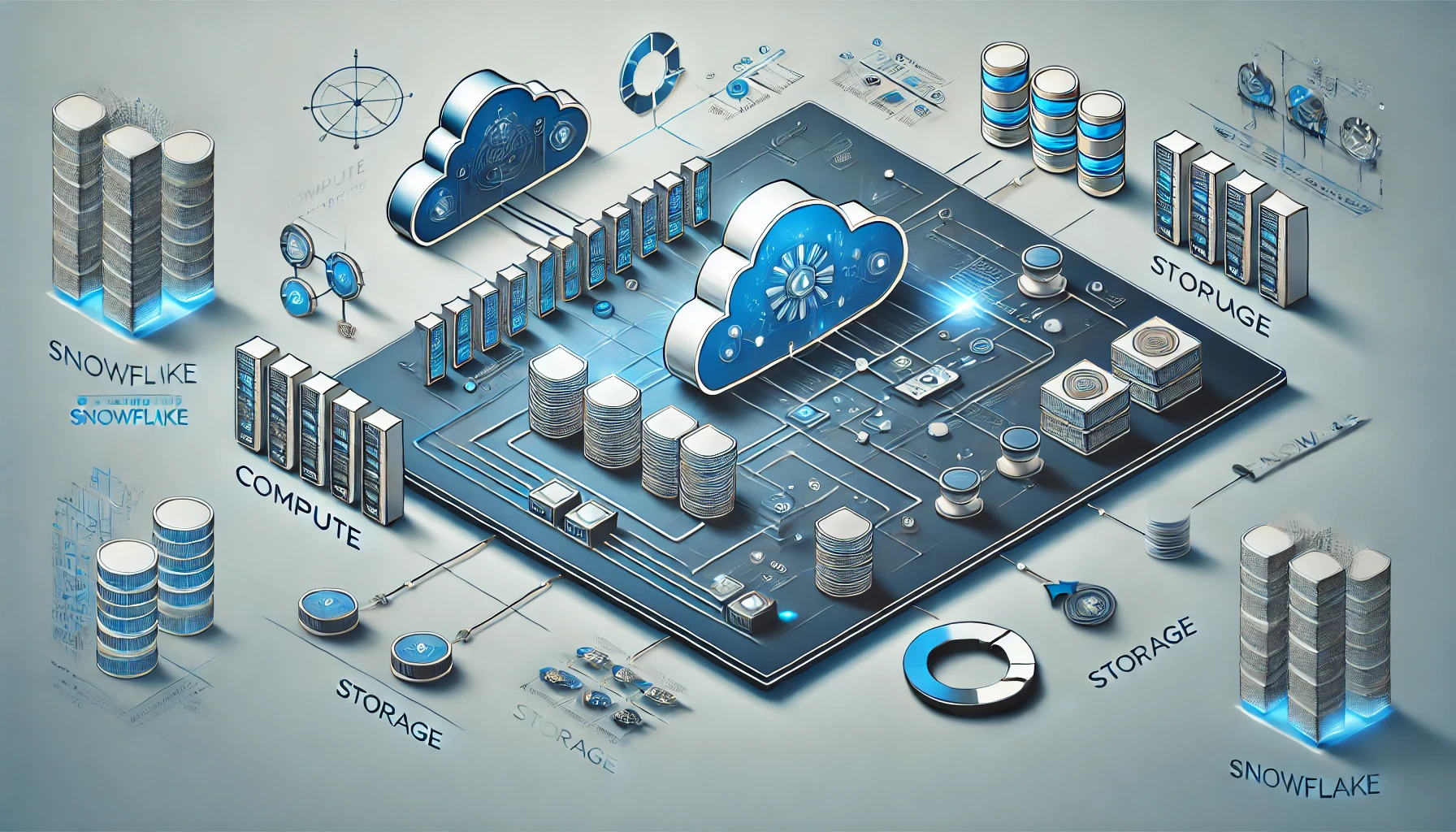
Understanding Snowflake Data Integration
What is Snowflake?
Snowflake is a cloud-based data platform that revolutionizes how organizations store, process, and analyze data. It offers a unique architecture that separates compute and storage resources, allowing users to scale them independently. This flexibility makes Snowflake an ideal choice for businesses that require efficient data management and analytics. With its support for semi-structured data types and data sharing capabilities, Snowflake enables seamless integration with existing data tools and partners.
Key Features of Snowflake Data Integration
Scalability and Performance
Snowflake excels in scalability due to its multi-cluster, shared data architecture. This design allows organizations to scale their compute and storage resources on-demand, ensuring cost-effective storage and high performance. Users can handle resource-intensive tasks like machine learning and big data analytics without compromising speed or efficiency. The platform's ability to provide near-unlimited storage and compute power at the touch of a button makes it a top choice for modern data teams.

Security and Compliance
Security remains a top priority for Snowflake. The platform offers robust security features, including data encryption and secure data sharing. Organizations can confidently share data sets with other agencies, knowing that their information remains protected. Snowflake's compliance with industry standards ensures that businesses meet regulatory requirements while maintaining data integrity and confidentiality.

Why Choose Snowflake for Data Integration?
Organizations choose Snowflake for data integration because of its comprehensive features and benefits. The platform supports both ETL and ELT data integration strategies, making it versatile for various data integration strategies. Snowflake's seamless integration with popular data tools like Fivetran, Informatica, and Matillion enhances its functionality, allowing businesses to streamline their data processes. Additionally, Snowflake's query optimization and cache features improve data processing speed, enabling faster insights and decision-making.
Processes Involved in Snowflake Data Integration
Data Ingestion
Data ingestion forms the foundation of snowflake data integration. It involves collecting and importing data from various sources into Snowflake's platform.
Batch Ingestion
Batch ingestion refers to the process of importing large volumes of data at scheduled intervals. Organizations often use this method when dealing with historical data or when real-time processing is not necessary. Snowflake supports batch ingestion by allowing users to load data from files stored in cloud storage services like Amazon S3, Microsoft Azure, or Google Cloud Storage. This approach ensures that businesses can efficiently manage and process large datasets without overwhelming their systems.
Real-time Ingestion
Real-time ingestion, on the other hand, involves continuously importing data as it becomes available. This method is crucial for businesses that require up-to-the-minute insights. Snowflake's architecture supports real-time ingestion by integrating with tools like Snowpipe, which automates the loading of data as soon as it arrives. This capability allows organizations to maintain a constant flow of data, ensuring that their analytics remain current and relevant.
Data Transformation
Once data is ingested, transformation becomes the next critical step. This process involves converting raw data into a format suitable for analysis.
Using SQL for Transformation
Snowflake provides robust support for SQL, enabling users to perform complex transformations directly within the platform. SQL commands allow users to clean, filter, and aggregate data, making it ready for analysis. This approach simplifies the transformation process, as users can leverage their existing SQL skills to manipulate data efficiently.

Leveraging Snowflake's Native Functions
In addition to SQL, Snowflake offers native functions that enhance data transformation capabilities. These functions include built-in operations for handling semi-structured data, such as JSON and XML. By utilizing these native functions, organizations can streamline their ETL pipelines, reducing the need for external tools and simplifying the overall data integration process.

Data Loading
The final step in snowflake data integration involves loading transformed data into Snowflake tables for analysis and reporting.
Loading Data into Snowflake Tables
Loading data into Snowflake tables is a straightforward process. Users can employ the COPY command to transfer data from cloud storage into Snowflake. This command supports various file formats, including CSV, JSON, and Parquet, ensuring compatibility with diverse data sources. By efficiently loading data into tables, organizations can quickly access and analyze their information.
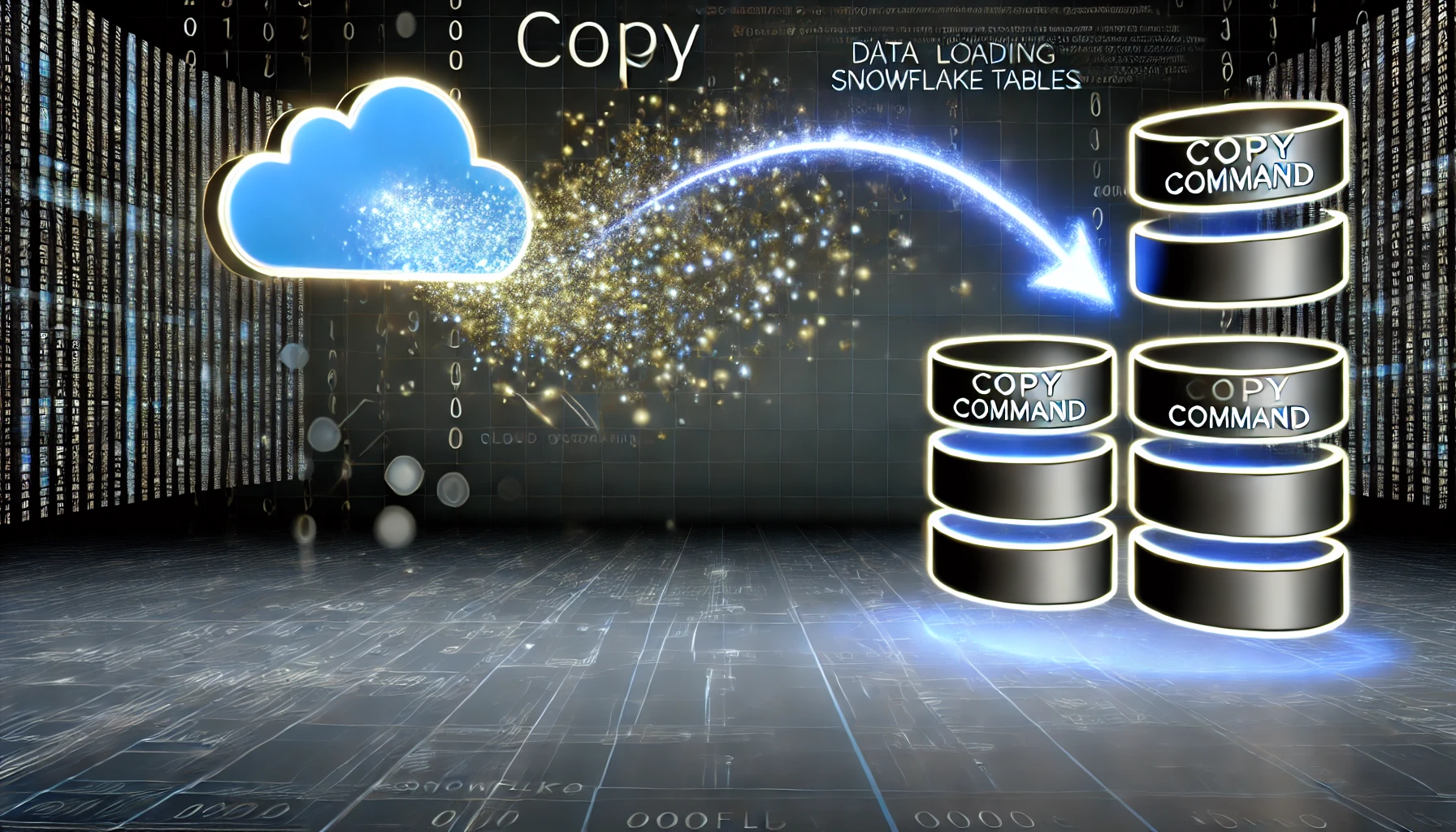
Managing Data Pipelines
Managing data pipelines is essential for maintaining the integrity and efficiency of the data integration process. Snowflake provides tools and features that help users monitor and optimize their data pipelines. These include query optimization, caching, and resource scaling, which ensure that data flows smoothly and efficiently through the system. By effectively managing data pipelines, organizations can enhance their data integration strategies and achieve faster insights.

Tools for Snowflake Data Integration
ETL Tools
Overview of Popular ETL Tools
ETL tools play a pivotal role in Snowflake data integration by facilitating the extraction, transformation, and loading of data. Talend offers a wide range of data integration tools that are easy to use and support many different data sources. Informatica stands out for its advanced data mapping and transformation capabilities, as well as its ability to integrate with other tools in the data ecosystem. Matillion and Fivetran are also well-known for their seamless integration with Snowflake, providing robust solutions for both ETL and ELT processes. These tools enable organizations to efficiently manage their data workflows, ensuring that data is accurately transformed and loaded into Snowflake for analysis.

Integration with Snowflake
Integrating ETL tools with Snowflake enhances the data integration process by streamlining data migration and transformation. Matillion, for instance, offers deep-level integration with Snowflake, allowing users to leverage its powerful ETL capabilities directly within the Snowflake environment. Fivetran partners with Snowflake to provide seamless data migration, ensuring that data flows smoothly from various sources into Snowflake's platform. By utilizing these integrations, businesses can optimize their data pipelines, reduce manual intervention, and achieve faster insights.
Connectors and APIs
Snowflake Connectors
Snowflake connectors simplify data integration by enabling seamless data transfers between different platforms. These connectors support a variety of data sources, including cloud storage services, databases, and third-party applications. By using Snowflake connectors, organizations can easily ingest data from diverse sources into Snowflake, ensuring that their data remains consistent and up-to-date. This capability enhances the overall efficiency of the data integration process, allowing businesses to focus on deriving insights from their data.

Using Snowflake APIs
Snowflake APIs provide developers with the tools they need to automate and customize data integration processes. These APIs enable users to programmatically interact with Snowflake, allowing for the automation of data ingestion, transformation, and loading tasks. By leveraging Snowflake APIs, organizations can create custom data workflows that meet their specific needs, enhancing the flexibility and scalability of their data integration strategies.
Third-Party Integration Tools
Benefits of Third-Party Tools
Third-party integration tools offer several benefits for Snowflake data integration. They provide additional functionality and flexibility, allowing organizations to tailor their data integration processes to their unique requirements. These tools often come with pre-built connectors and templates, simplifying the integration process and reducing the time and effort required to set up data pipelines. By using third-party tools, businesses can enhance their data integration capabilities, ensuring that their data remains accurate and accessible.
Examples of Third-Party Tools
Several third-party tools complement Snowflake's data integration capabilities. SnapLogic offers a comprehensive data integration platform that supports a wide range of data sources and formats. Stitch provides a simple and efficient way to replicate data from various sources into Snowflake, ensuring that data remains consistent and up-to-date. These tools, along with others like Tableau, enhance Snowflake's functionality, enabling organizations to streamline their data integration processes and achieve faster insights.

Best Practices for Successful Snowflake Data Integration
Implementing best practices in Snowflake data integration ensures optimal performance, security, and efficiency. By following these guidelines, organizations can maximize the capabilities of Snowflake and achieve seamless data integration.
Ensuring Data Quality
Maintaining high data quality is crucial for reliable analytics and decision-making.
Data Validation Techniques
Organizations should employ robust data validation techniques to ensure accuracy and consistency. Techniques such as schema validation, data profiling, and anomaly detection help identify and rectify errors early in the data integration process. Regular audits and automated checks can further enhance data quality by ensuring that data adheres to predefined standards.
Error Handling Strategies
Effective error handling strategies are essential for maintaining data integrity. Implementing automated error detection and correction mechanisms can minimize disruptions. Logging errors and setting up alerts for critical issues enable quick response and resolution. By adopting these strategies, organizations can ensure smooth data integration and reduce the risk of data corruption or loss.

Optimizing Performance
Optimizing performance in Snowflake data integration involves several key practices.
Query Optimization
Query optimization plays a vital role in enhancing performance. Users should design queries to minimize resource consumption and execution time. Techniques such as indexing, partitioning, and using appropriate data types can significantly improve query efficiency. Regularly reviewing and refining queries ensures that they remain optimized as data volumes grow.
Resource Management
Efficient resource management is crucial for cost-effective data integration. Organizations should choose suitable Virtual Warehouse sizes based on workload requirements. Monitoring resource usage and adjusting configurations as needed can prevent over-provisioning and reduce costs. By managing resources effectively, businesses can maintain high performance without unnecessary expenditure.
Security and Compliance
Security and compliance are paramount in Snowflake data integration.
Data Encryption
Data encryption protects sensitive information from unauthorized access. Snowflake provides robust encryption features that secure data at rest and in transit. Organizations should implement encryption protocols to safeguard their data and comply with industry regulations. Regularly updating encryption keys and monitoring access logs further enhances data security.
Access Control
Access control mechanisms ensure that only authorized users can access sensitive data. Implementing role-based access control (RBAC) allows organizations to define permissions based on user roles and responsibilities. Regularly reviewing and updating access policies helps maintain security and prevent unauthorized data access. By enforcing strict access controls, businesses can protect their data assets and ensure compliance with regulatory requirements.
By adhering to these best practices, organizations can optimize their snowflake data integration processes, ensuring high performance, data quality, and security. These strategies enable businesses to leverage Snowflake's full potential, driving informed decision-making and strategic growth.
Common Challenges and Solutions in Snowflake Data Integration
Handling Large Data Volumes
Organizations often face challenges when dealing with large data volumes. Snowflake's architecture, however, provides a solution. Its multi-cluster, shared data architecture allows businesses to scale compute and storage resources independently. This flexibility ensures that organizations can handle vast amounts of data without compromising performance. For instance, AMN Healthcare experienced improved performance by switching to Snowflake, which reduced data pipeline complexity and allowed them to leverage existing SQL Server Integration Services (SSIS) expertise. By using Snowflake, businesses can efficiently manage large datasets, ensuring smooth data integration processes.
Managing Data Consistency
Ensuring data consistency is crucial for reliable analytics. Snowflake offers robust features to maintain data integrity across various sources. Its support for native SQL capabilities allows existing data teams to quickly adapt and manage data consistency effectively. Real-world case studies highlight how Snowflake's introduction solved scale and performance challenges, enabling seamless data management across different cloud providers. By utilizing Snowflake's capabilities, organizations can ensure that their data remains consistent and accurate, facilitating informed decision-making.
Overcoming Integration Complexity
Integration complexity poses a significant challenge in data management. Snowflake simplifies this process by offering a unified platform that supports various data integration tools and techniques. The platform's ability to integrate with popular ETL tools like Talend and Informatica streamlines data migration and transformation. Additionally, Snowflake's native SQL capabilities reduce the learning curve for existing data teams, allowing them to handle business intelligence requests efficiently. By overcoming integration complexity, businesses can enhance their data integration strategies, ensuring that data flows smoothly and efficiently through their systems.
Case Studies: Successful Snowflake Data Integration
FineDataLink and Snowflake Integration
FineDataLink has demonstrated its prowess in enhancing data integration processes by seamlessly integrating with Snowflake. This integration allows organizations to overcome common data challenges such as data silos and complex data formats. By utilizing FineDataLink, businesses can synchronize data across multiple tables in real-time, ensuring that data remains consistent and up-to-date. This capability proves invaluable for companies that require real-time insights to drive decision-making.
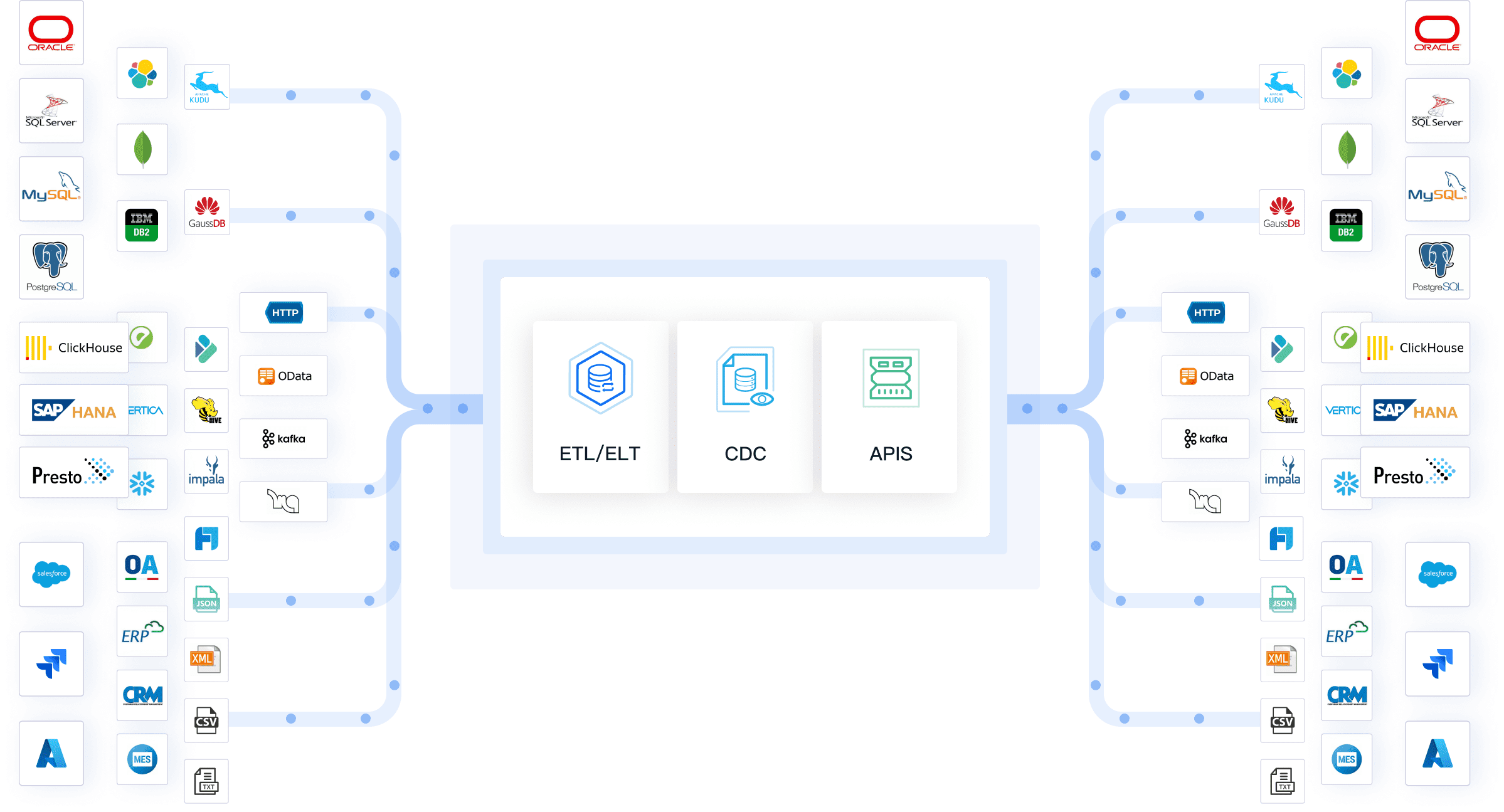
For instance, Chipotle successfully integrated Snowflake to gain a unified view of the customer journey. This integration enabled Chipotle to understand consumer behavior better, leading to improved decision-making in real time. By leveraging FineDataLink's capabilities, organizations can replicate similar success, ensuring that their data integration processes are efficient and effective.
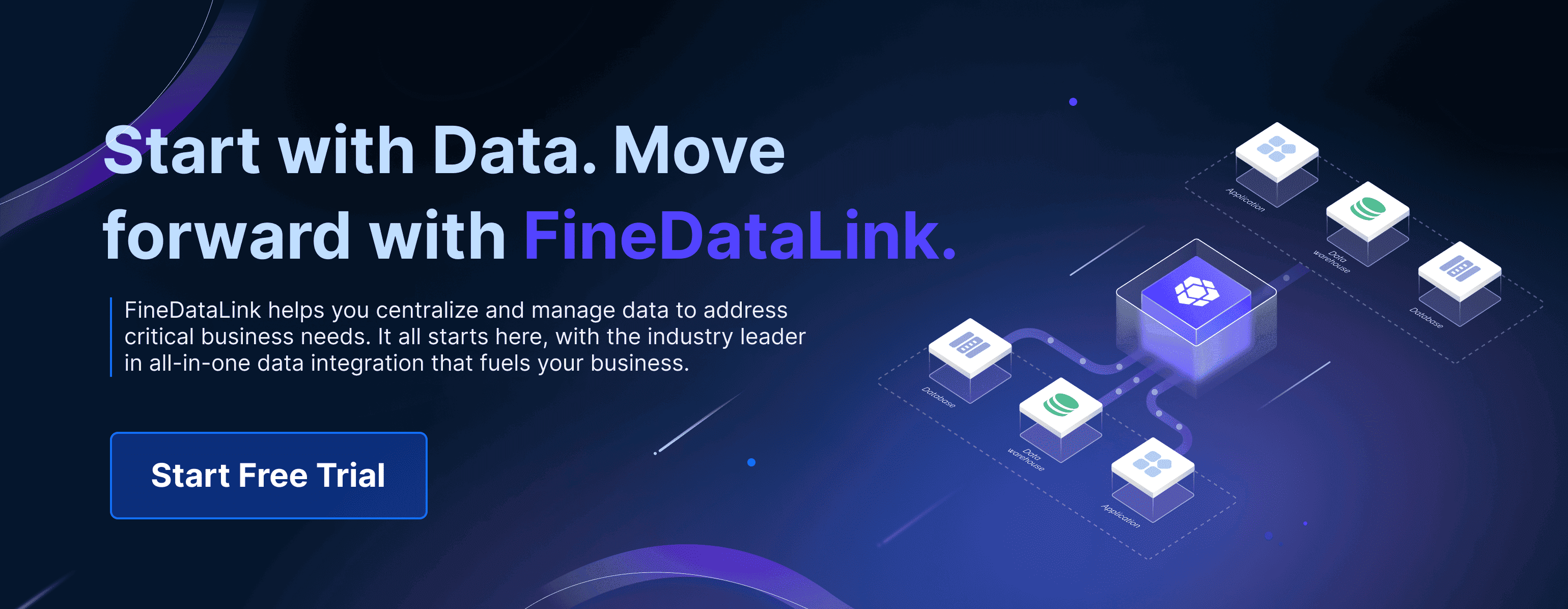
FineBI's Role in Enhancing Snowflake Data Analytics
FineBI plays a crucial role in enhancing data analytics within the Snowflake environment. It empowers users to connect, analyze, and share data across the organization, facilitating informed decision-making. FineBI transforms raw data into insightful visualizations, enabling businesses to track KPIs, identify trends, and predict future outcomes.

A notable example is Zillow, which leveraged Snowflake and FineBI to enhance the home-buying journey with personalized experiences. By integrating these platforms, Zillow delivered seamless customer experiences, showcasing the power of combining robust data integration with advanced analytics. FineBI's ability to process massive datasets and support real-time analysis ensures that organizations can derive actionable insights from their data, driving strategic growth.
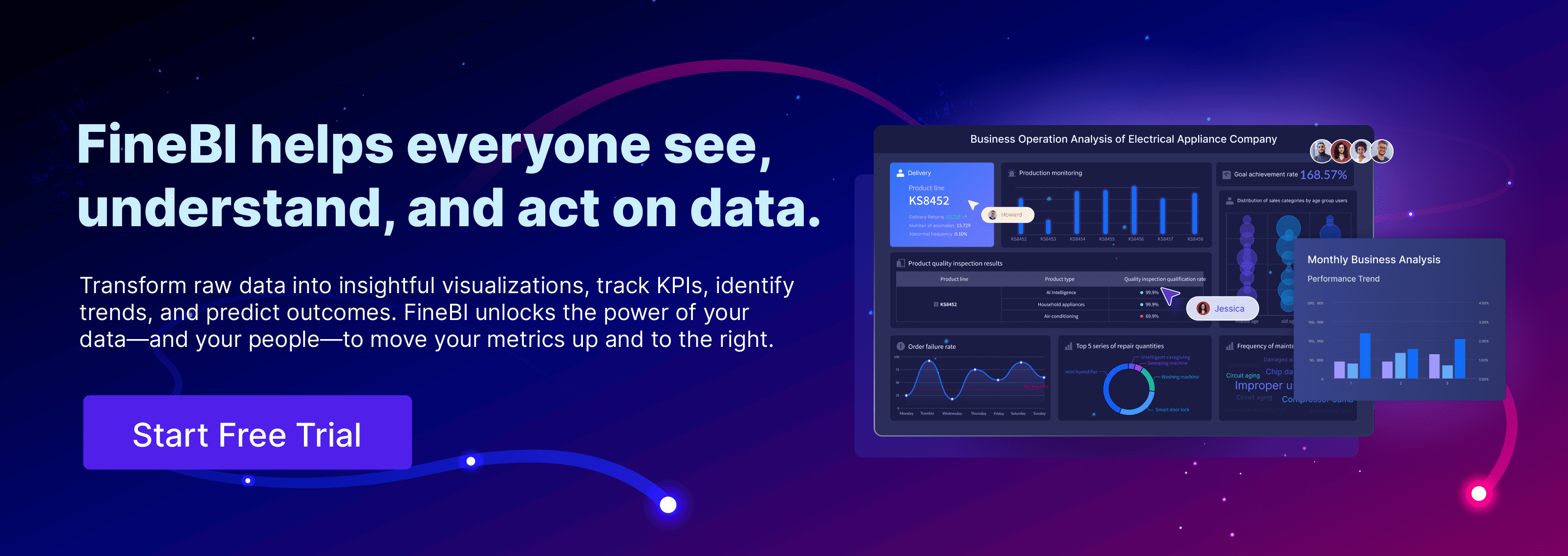
These case studies highlight the transformative impact of integrating FineDataLink and FineBI with Snowflake. By adopting these solutions, businesses can streamline their data integration processes, enhance analytics capabilities, and ultimately achieve better outcomes.
Future Trends in Snowflake Data Integration
Emerging Technologies
Emerging technologies continue to shape the landscape of data integration. Snowflake's flexible architecture supports these advancements, allowing businesses to adapt quickly. One significant trend involves the integration of artificial intelligence (AI) and machine learning (ML) into data processes. These technologies enhance data analysis by automating complex tasks and providing predictive insights. For instance, AI can identify patterns in large datasets, enabling businesses to make informed decisions faster.
Another emerging technology is the Internet of Things (IoT). IoT devices generate vast amounts of data that require efficient integration and analysis. Snowflake's ability to handle semi-structured data, such as JSON and Avro, makes it well-suited for IoT applications. This capability allows organizations to integrate IoT data seamlessly with existing structured data, providing a comprehensive view of their operations.
Cloud-native solutions also play a crucial role in future data integration strategies. As more businesses migrate to the cloud, the demand for scalable and flexible data platforms increases. Cloud-native solutions play a crucial role in future data integration strategies. Snowflake's cloud-based architecture offers the scalability needed to manage growing data volumes, ensuring that businesses can maintain high performance and efficiency.
Predictions for the Future
The future of data integration will likely see increased collaboration between different platforms and tools. Snowflake's data sharing capabilities facilitate this trend by enabling seamless data exchange between organizations. This feature allows businesses to collaborate more effectively, sharing insights and driving innovation.
Data privacy and security will remain top priorities. As data integration processes become more complex, ensuring data protection becomes crucial. Snowflake's robust security features, including data encryption and access control, will continue to evolve to meet these challenges. Organizations will need to adopt comprehensive security strategies to protect their data assets and comply with regulatory requirements.
Finally, the demand for real-time data integration will grow. Businesses increasingly rely on up-to-the-minute insights to stay competitive. Snowflake's support for real-time data ingestion and processing positions it as a leader in this area. By leveraging these capabilities, organizations can ensure that their analytics remain current and relevant, driving strategic growth.
This blog explored the essential aspects of Snowflake data integration, highlighting its scalability, performance, and security features. Readers should consider leveraging Snowflake for their data needs due to its robust capabilities. As a next step, businesses can explore integrating FanRuan's FineDataLink and FineBI to enhance their data processes. FineDataLink simplifies complex data tasks, while FineBI empowers users with insightful analytics. These tools complement Snowflake, providing a comprehensive solution for efficient data management and analysis.
Click the banner below to experience FineBI for free and empower your enterprise to convert data into productivity!
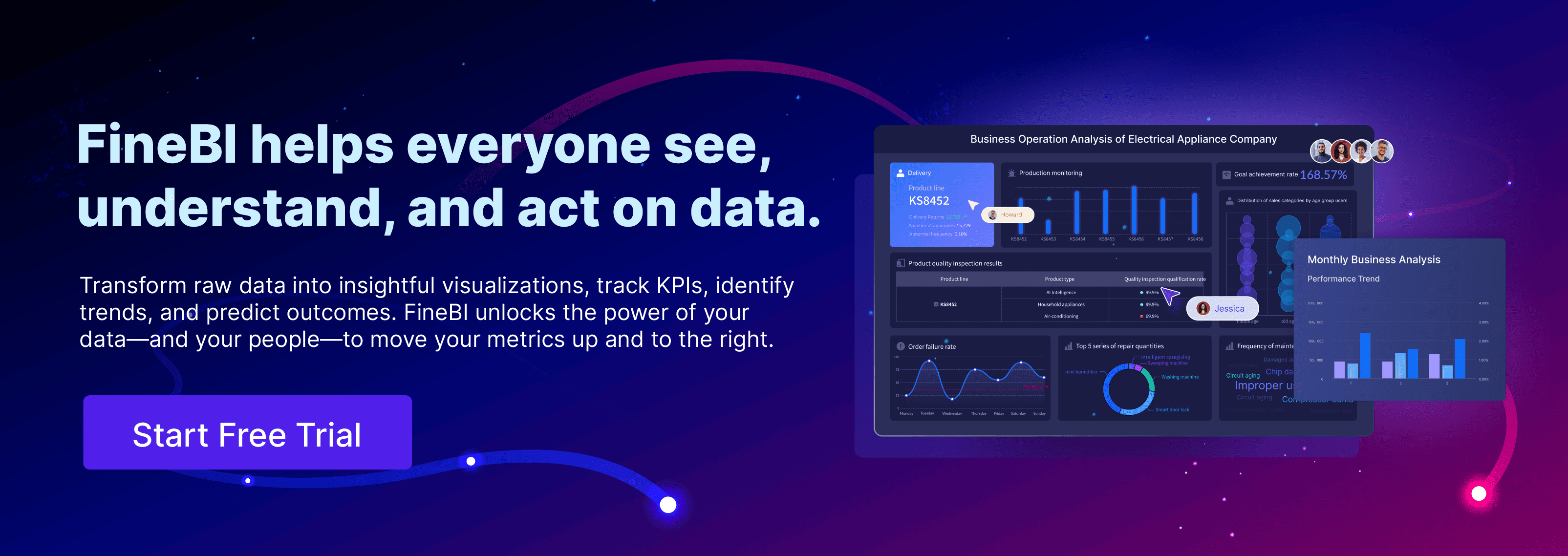
Continue Reading about Data Management
Essential Data Integration: A Beginner's Guide
Top Data Integration Tools: 2025 Guide
Top 10 Data Integration Software for 2025
What is API Data Integration? API vs Data Integration
Best Data Integration Platforms to Use in 2025
Enterprise Data Integration: A Comprehensive Guide
Top 7 Data Integration Patterns for Modern Enterprises
FAQ

The Author
Howard
Data Management Engineer & Data Research Expert at FanRuan
Related Articles

10 Best Enterprise ETL Tools for Data Integration
Compare the 10 best enterprise ETL tools for data integration in 2025 to streamline workflows, boost analytics, and support scalable business growth.
Howard
Oct 02, 2025

What is Real Time Data Integration and Why It Matters
Real time data integration connects systems for instant, accurate data access, enabling faster decisions, improved efficiency, and better customer experiences.
Howard
Sep 24, 2025

What Is Salesforce Data Integration and Why It Matters
Salesforce data integration connects Salesforce with other systems, unifying data for accurate reporting, automation, and better business decisions.
Howard
Sep 24, 2025



